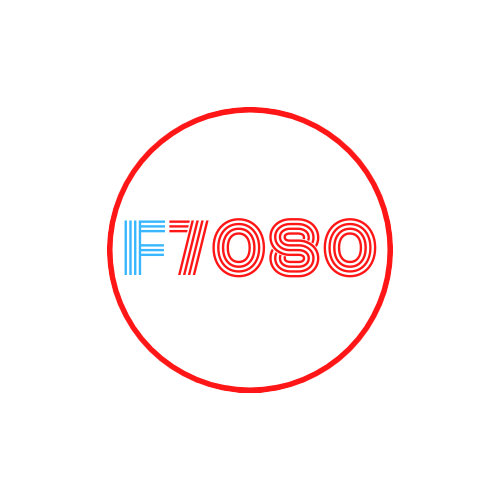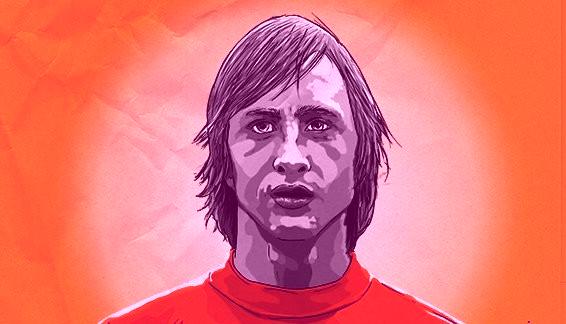When we talk about football the conversation obviously revolves around the players. The ones who make you sit on the edge of your seat. The teams who win trophies at will. The World Cup …the Euro’s…managers – the list goes on. However, for a period of time, something else became a topic of conversation – the ball. Yes, the thing kicked around, headed, punched, and saved. The ball in question was the Adidas Tango – the greatest football ever made.
Prior to the Tango, the ball that adorned all the football images of the time was the Telstar. A 32-panelled ball. One that was created so it was easier to see on TV screens across the world.
Goodbye Telstar – Hello Tango
By the late 1970s and despite the sterling work of Pelé and Cruyff with the Telstar, a more subtle, understated design was on the table.
Gone were the rather harsh black pentagons and in came the interlocking triads, elegantly forming circles around the ball.
Despite some hedged bets – one more Telstar design was released in 1978 in case the Tango was met with a global shrug of the shoulders. The new ball however was a huge commercial success, so much so that Adidas decided they wouldn’t fix what was already immaculate.
Enough of the backstory, though, because what really ought to be laid down here is that the Adidas Tango represents a truly glorious era of football history.
Tango Tweaks
In hindsight, the Tango seems like a giant step for football-kind towards modernity. Albeit just short of the post-millennial saturation point we’re crashing into right about now.
Keen for consistency, but also mindful of profits Adidas tweaked the design almost imperceptibly from one tournament to the next.
The original Tango was almost identical for its first two FIFA outings. It even bore the words “Official World Cup 1978” when used in the 1980 European Championship. As a result, the decision was rubber-stamped to make an exclusive version for each tournament.
The Greatest Football Ever Made
That led to perhaps the Tango’s design peak – the 1984 Mundial. With its untroubled triads complemented with a splash of red in the detail. This iteration was tailor-made to be caressed around on home turf by Michel Platini at the Euros that summer. Has there ever been anything so beautiful as this?
Having firmly established itself as the Telstar’s rightful successor, the Tango just needed its own showcase moment. It needed its own Brazil 1970.
Then, with perfect timing, came Mexico ‘86, the Tango Azteca and arguably the most photogenic World Cup of all…
The ball was used in every World Cup from 1978 to 1998 in various guises. It was iconic – it was the greatest football ever made.
This post may contain affiliate links which means I may receive a commission for any purchases made through these links. Learn more on our Privacy Policy page.
Related Posts
Iconic Moments in 1970s Football
Dive into the golden era with legendary footballers of the 1970s. Explore…
Brian Clough : England’s Greatest Manager Who Never Was
Discover the 'what-if' legacy of the legendary Brian Clough. Maverick style,…
The Night A Welsh Scissor Kick Cut Down Spain
Before Spain could figure out what was happening, Hughes had twisted his body…




